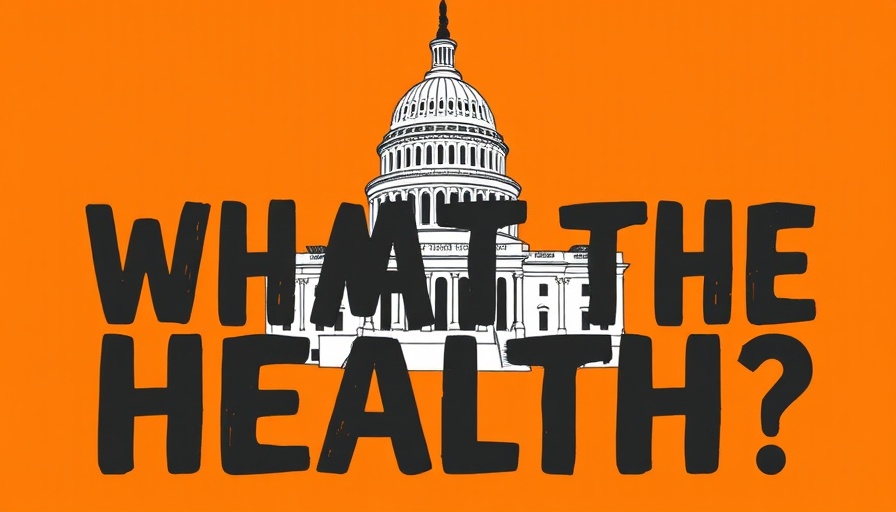
The Uncertain Landscape of Federal Health Agencies
The recent discussions surrounding the functionality and future of federal health agencies have raised a crucial question: How will changes under the Trump administration impact the vital work these organizations perform? With a backdrop of economic instability and health crises, particularly the recent measles outbreak, understanding the state of these entities is imperative for business leaders and policymakers alike.
Supreme Court Confrontations and Health Spending
This week, the Supreme Court hinted that the Trump administration may not have the authority to refuse funding for services already rendered, a vital consideration given the backdrop of proposed cuts to health agencies. As highlighted in the KFF Health News podcast, the episode underscores the ongoing tension between federal financial commitments and executive actions aimed at reducing spending.
As the administration navigates its budgetary constraints, the implications stretch beyond immediate funding. The ability to maintain support for crucial health initiatives, like the Centers for Disease Control and Prevention (CDC) and the National Institutes of Health (NIH), directly influences public health outcomes and economic stability nationwide. For instance, neglecting foreign health expenditure not only impacts international communities but also jeopardizes the health safety net for American citizens by thwarting efforts to combat infectious disease outbreaks.
State of Health Funding: Understanding Key Agencies
With health agencies at the crossroads of transformative change, it is essential to understand how funding dynamics affect their operations. The Department of Health and Human Services (HHS), alongside its sub-agencies such as the CDC and NIH, plays a pivotal role in overseeing national health policies. A budget analysis reveals that HHS commanded a staggering budget of about $1.8 trillion in recent fiscal assessments, a considerable portion of which supports health care programs that benefit millions of Americans.
If the proposed staffing changes and funding reductions come into effect, the ripple effects could be catastrophic, necessitating that business leaders and policymakers pay close attention to the unfolding narrative.
Potential Shifts in Health Policy: A Closer Look
The appointment of controversial figures, including Robert F. Kennedy Jr. as Secretary of HHS, poses yet another variable in understanding how health policies may shift under this administration. As a known anti-vaccine advocate, Kennedy's leadership could steer the agency's direction in ways that may provoke significant discussions in public health, especially amidst a measles outbreak that requires unified health messaging and trust in vaccinations.
Moreover, the recent information purge from federal health agency websites, particularly concerning topics related to LGBTQ+ health and adolescent behavior, has further complicated the public health landscape. Such a removal contributes to misinformation and systemic gaps in health data, which are critical for assessing and responding to current health threats.
The Health Agency Landscape: Risks and Opportunities
Amidst the uncertainty, there remain opportunities for innovation within health tech and better utilization of resources to enhance public health responses. Business leaders must remain engaged and identify pathways to incorporate health innovation into their spheres, aligning with preventative health measures that promote the well-being of communities.
In this rapidly evolving environment, the convergence of health tech advancements and federal policy changes presents a unique opportunity for businesses to leverage technology in enhancing community health initiatives. By investing in health tech innovations that can support the operational needs of federal health agencies, professionals can take proactive steps in the larger conversation about health policy and public health outcomes.
Conclusion: Taking Action Amid Uncertainty
The current uncertainties surrounding federal health agencies spotlight the critical intersections between policy, public health, and business. It’s imperative for CEOs and marketing managers in tech-driven sectors to maintain awareness and possibly influence how innovations can mediate the impending impacts of policy changes on public health.
In an environment rife with change, aligning business strategies with public health goals not only ensures sustainability but also positions companies as leaders in navigating the interplay between health policies and economic stability. As discussions continue and decisions are made, now is the time for informed action.
 Add Row
Add Row  Add
Add 




 Add Row
Add Row  Add
Add 

Write A Comment